5. Queen and Slim
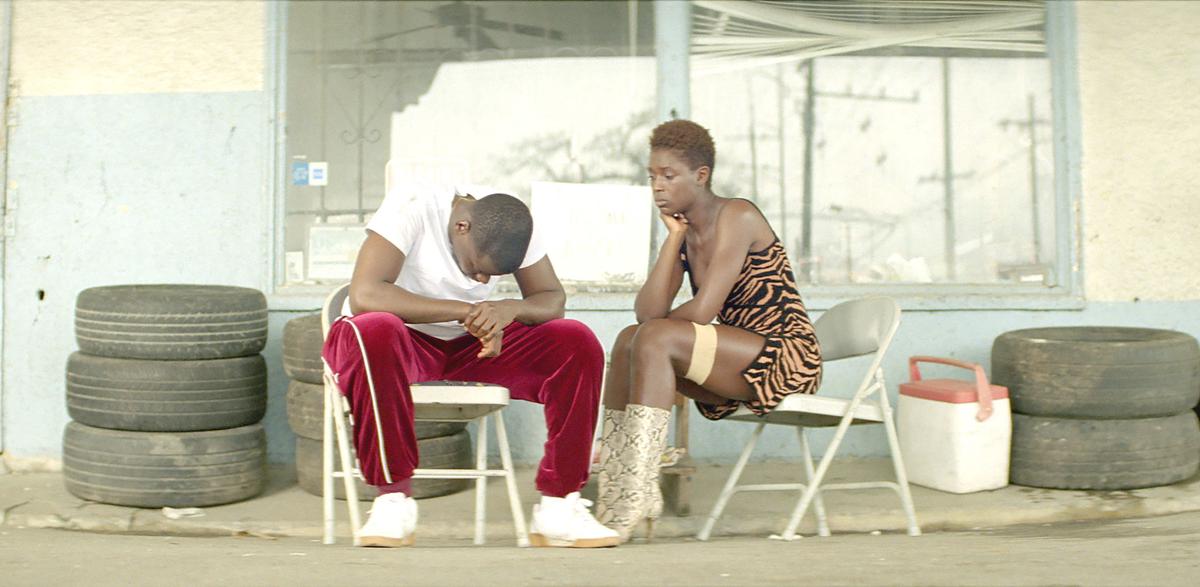
Here is a film that is a sad and soulful experience. Shoe seller Ernest Hines and lawyer Angela Johnson meet on a Tinder date in a diner. When he wants to drive her home in his Honda, the two young African Americans, who forgot to turn the turn signal while driving, are stopped by a white policeman. When the situation escalates, Slim takes the officer’s gun and shoots him in self-defense. Since the media labels them as “cop killers,” they try to run away.
“Queen and Slim” is a road movie, a crime movie, and a political movie, but at the same time, it’s romantic and beautiful. Obviously inspired by stories like “Bonnie & Clyde,” the film follows a more contemporary path and the story happens around modern-day issues. The film is also very stylish in its look and the tone, very beautifully photographed.
Like all road movies, this one celebrates being on the road, the freedom that it means to travel freely across the country, the happiness that lies in it, the encounters it gives both of them. Morally and politically, the film offers questions that are open to debate and discussion. Yet no matter what kind of topics it touches upon, the movie still remains deeply romantic. Perhaps because of distribution or release date issues, the film is also probably one of the more underrated films of the year.
4. And Then We Danced
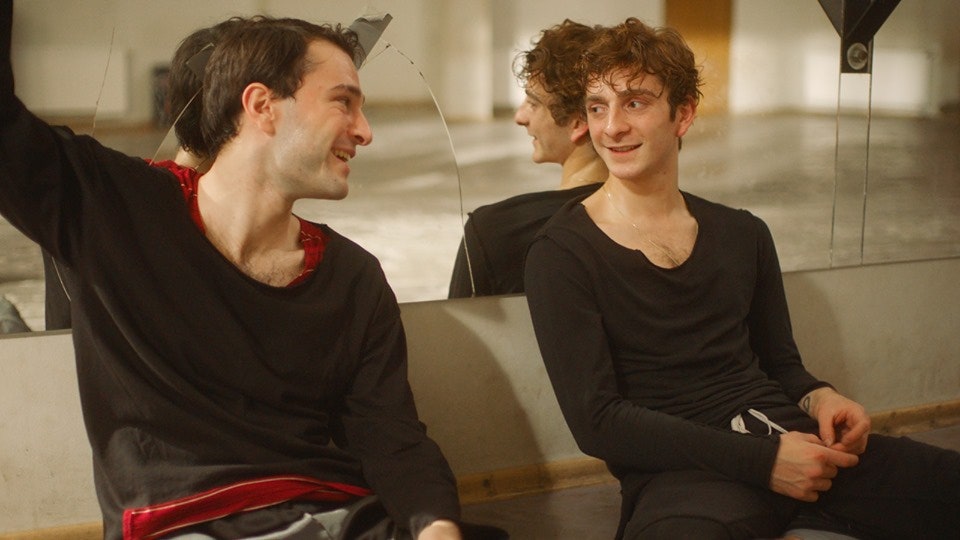
The first LGBT-themed romance film coming from the South Caucasus region is a success. Levan Akin’s film should be celebrated for many reasons but first, for its courage. The movie explores the romance between Merab, a young dancer in the National Georgian Ensemble and newcomer rival Irakli. The story beats are familiar if you’ve seen enough coming-out stories, but the setting and the treatment of characters makes this a stand-out experience.
The director lets the characters breathe; he shows the general mindset of current Georgian society with rather subtle details and it doesn’t get overly dramatic. He impressively also doesn’t portray the conservative characters as caricatures, which helps the film set a very natural tone and brings depth to the story. In this case, the relationship between our main characters also develops organically.
The acting is all-around great and it almost feels like Akin wants to introduce foreign audiences to the Georgian culture as well; the movie is about Georgian/Caucasus music, dance, a dish from Georgian cuisine gets a mention, they talk about their touristic city Batumi, and the whole film is set in Tbilisi. So chances are you may want to visit the country after the film. The film was obviously met with a lot of protests with far-right groups and the Orthodox Church, but all screenings have been held as planned. Nearly everybody in the film is a talent to be watched.
3. Little Women
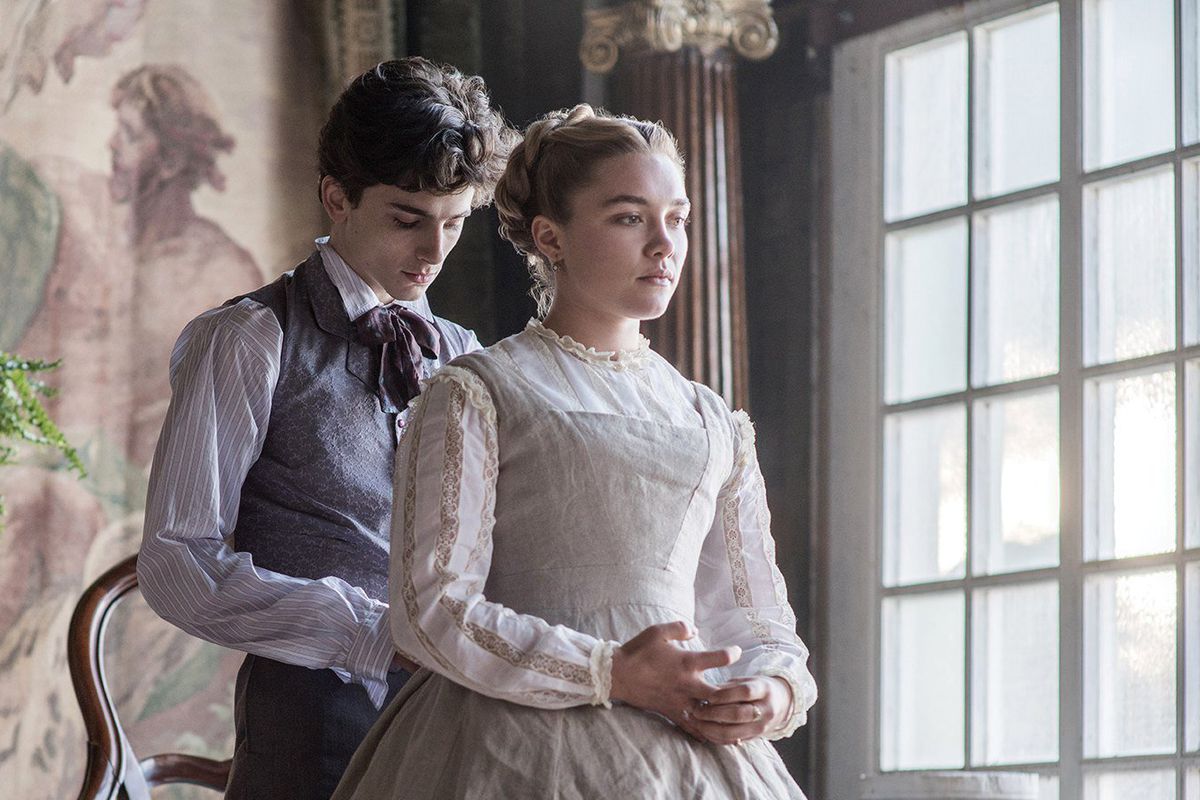
There are just so many things to praise in Greta Gerwig’s modern update of the beloved novel as she uses a narrative of flashbacks, which makes the story very effective and fresh. In almost every frame, you can feel how much she respects and loves the source material, which is probably why the movie is so successful.
One of the main great sides of the story is how Gerwig handles the romance subplots of the movie; why did Jo marry Friedrich Bhaer? Why couldn’t she end up with her charming friend Laurie? Why did Laurie instead marry Jo’s least favorite sister Amy instead? Well, this is the first adaptation where people actually felt empathetic to Amy and she stopped being the most hated character of the book; that’s just one element that shows that Gerwig analyzes each character carefully and makes audiences understand what do they expect from romance, what people around them expects from them, and what they really feel.
The film is complex when it comes to its treatment of romance; Gerwig shows that the old-fashioned perception of marriage is an institution where men are expected to look after women financially, but it also celebrates love. The movie is not necessarily “romantic,” but Gerwig wanted to ensure all relationships in the movie felt organic and less like a disheartening plot twist. This is maybe why “Little Women” is on our list because it’s a film that explores and tries to understand why these romances happen (or why they don’t) in one of the most acclaimed and popular works of American literature.
2. Marriage Story
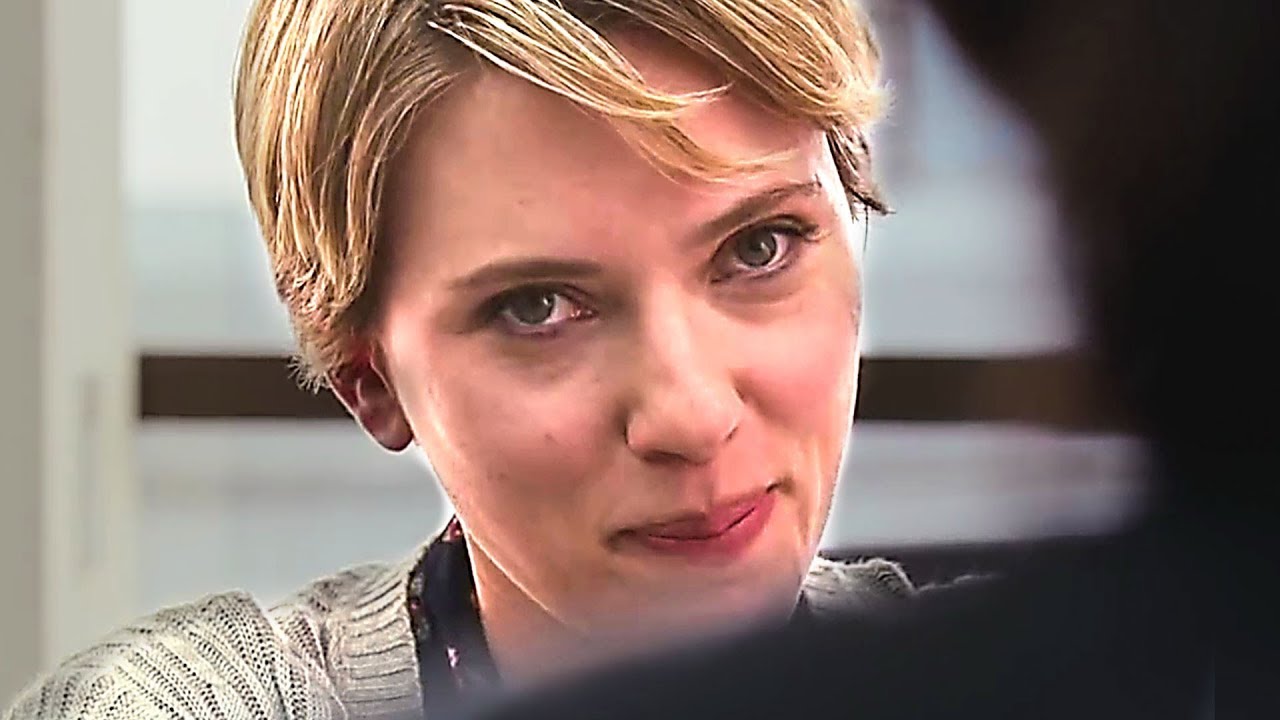
A love story told through the lens of a divorce, “Marriage Story” is a unique film in that sense. Partially inspired by Noah Baumbach’s own life, the film follows the divorce process between theatre director Charlie and actress Nicole, both expertly portrayed by Adam Driver and Scarlett Johansson. Unlike many separation stories, like, let’s say “Blue Valentine,” this movie is not intended to make you feel bad. It makes you feel everything because the script is refreshingly honest and it tries to look at many aspects of a romance and a divorce; both humorous and dramatic. Baumbach’s warm, naturalistic direction, which also has some really fine details when you catch them, also adds a lot to the film’s strength.
This is also a story about how the best intentions may not be enough to save a relationship or marriage since our main characters obviously still have affection for each other, but sometimes it just doesn’t work. Our personal needs and career aspirations can ruin our relationship. While talking about the film, Driver said, “It felt very personal for everybody. I think the movie is about how love can transition and how painful that can be. They’re mourning for a loss of their love. In the process, she is building herself up while he is breaking down.” And it pretty much explains what the film is about.
1. Portrait of a Lady on Fire
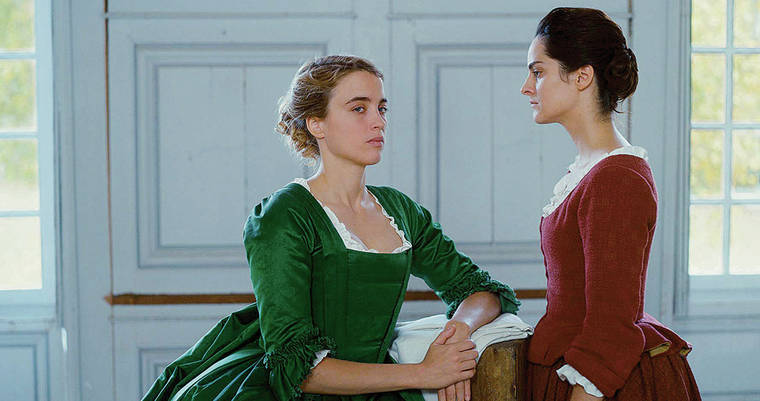
“Les Miserables” was a good film, but it’s still kind of interesting that the French Academy didn’t choose this near-masterpiece of a movie to send to the Oscars instead. Celine Sciamma’s brilliant film is set in France in 1770: The young painter Marianne travels to a remote island in Brittany. A widowed Italian countess commissioned her to make a portrait of her daughter Héloïse. The young woman is said to be married to a nobleman from Milan, and the painting is intended to seal the connection between the two. The rebellious Héloïse, who was brought out of the convent after the mysterious death of her sister to take her place, refuses to marry and to model for a picture. And the rest is a powerful tale of love and passion.
It’s amazing how Sciamma doesn’t use a male character to describe the patriarchal nature of the era, and even if the film is a slow burn, nearly every single moment comes off totally felt and right. You can’t imagine the film without any of these sequences. Unlike most stories of this kind, there’s no wilder, more free one of the two leads, but they both have similar and different personal traits that the movie explores very carefully, and those dialogues and interactions between them makes the experience much richer.
It’s not only the story and the powerful acting – especially by Adele Haenel – that makes this movie an incredible experience, though. It’s the images, the settings, the tone, the colour use, and also the profound depictions of the artistic process alongside the romance story. The perfect use of music as well rounds it all out to make “Portrait of a Lady on Fire” a strong and touching work.
Honorable Mentions: Netflix rom-coms “Always Be My Maybe” and “Plus One” had found themselves an audience. “Waves” was one of the most heartbreaking experiences in 2019 film. “Downton Abbey” is seemingly well-liked by the fans of the shows; and then there is “Celle que vous croyez,” which also deserved a bigger audience.